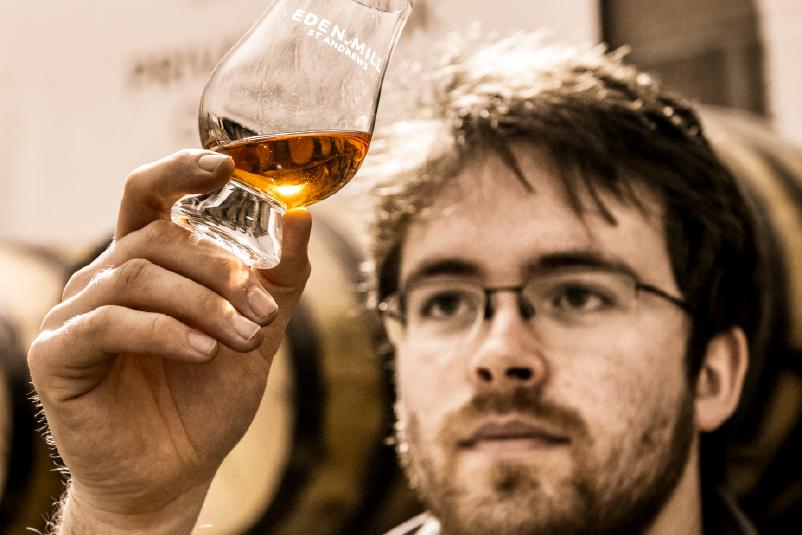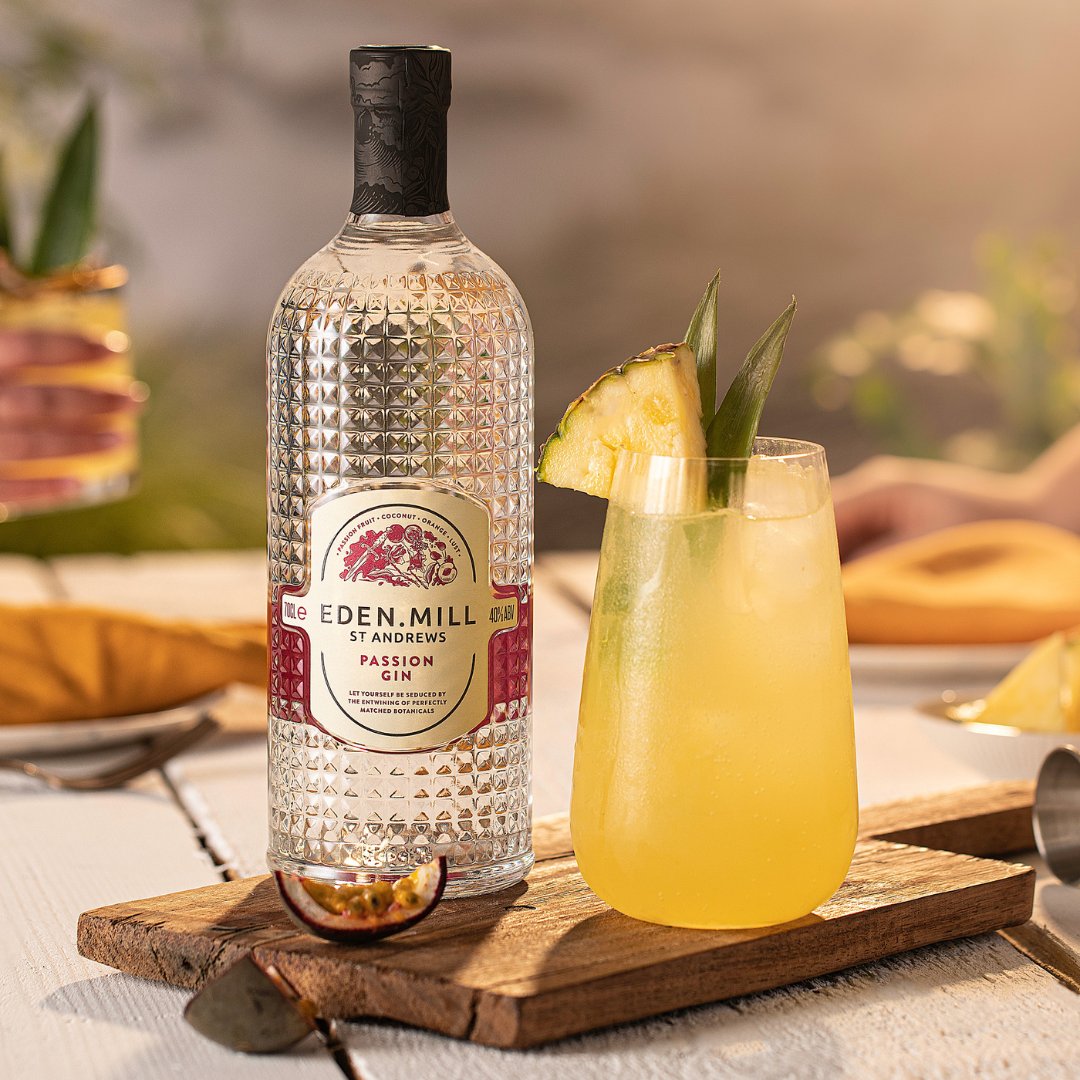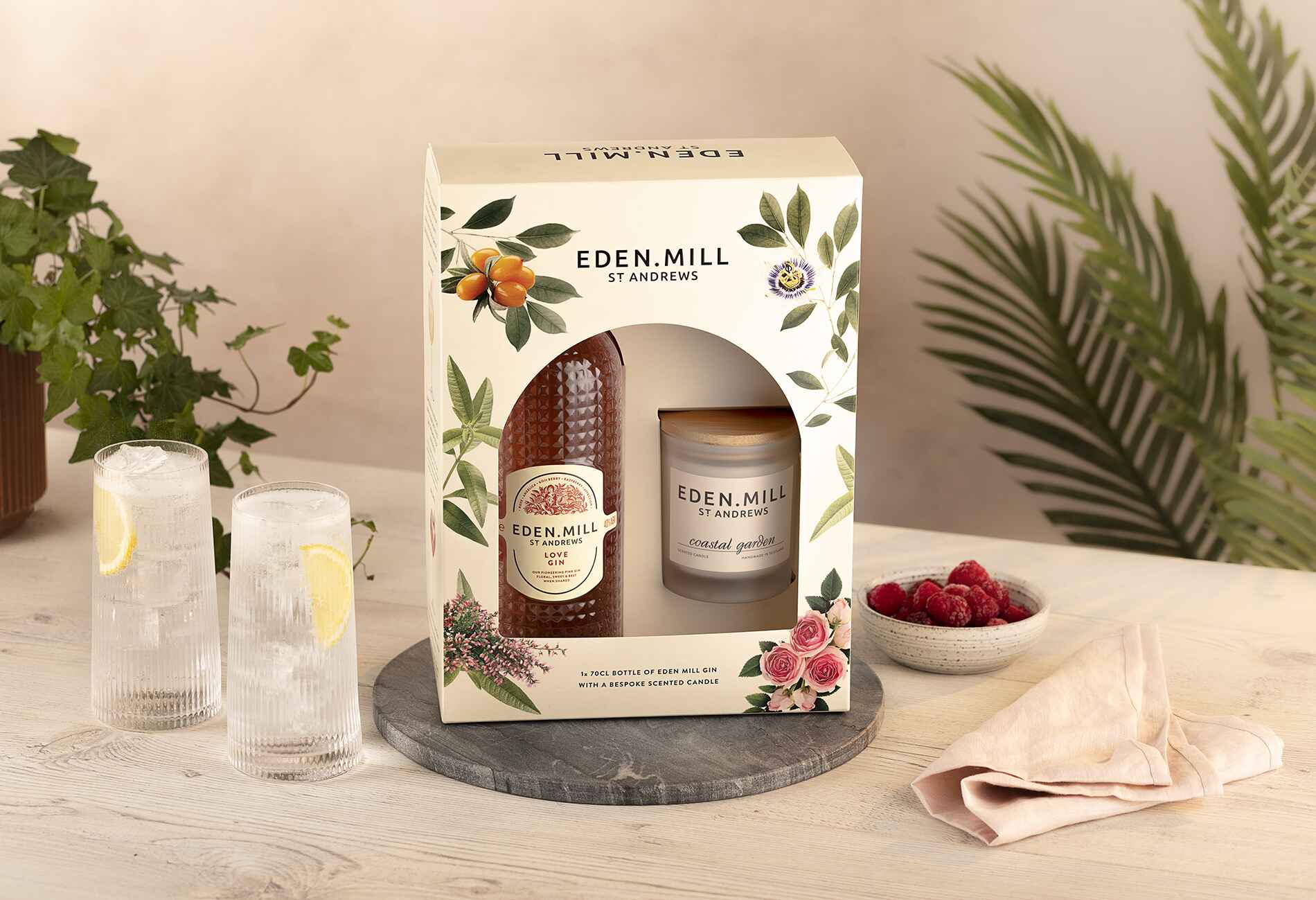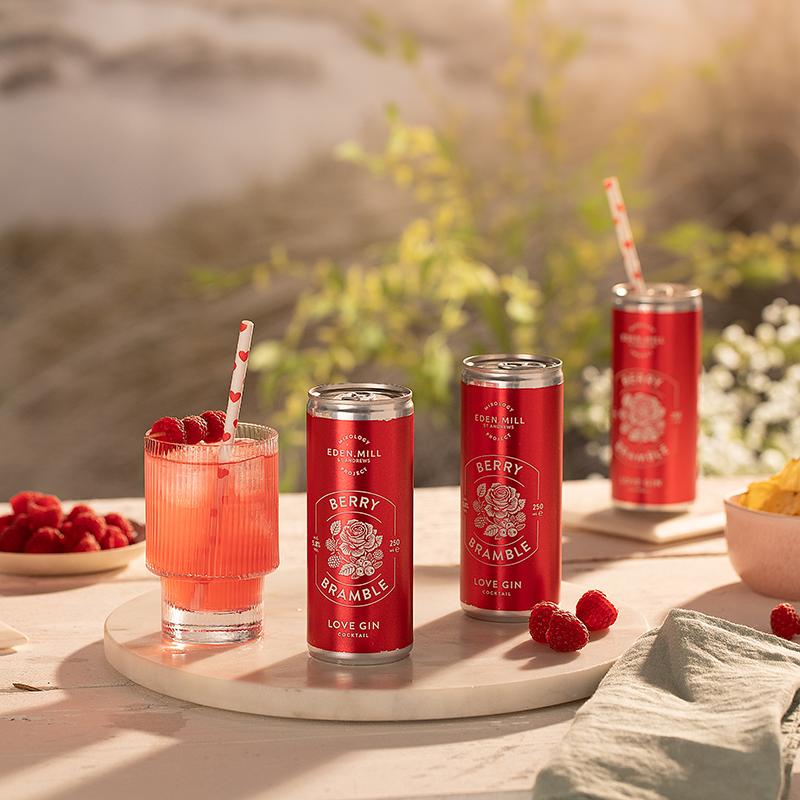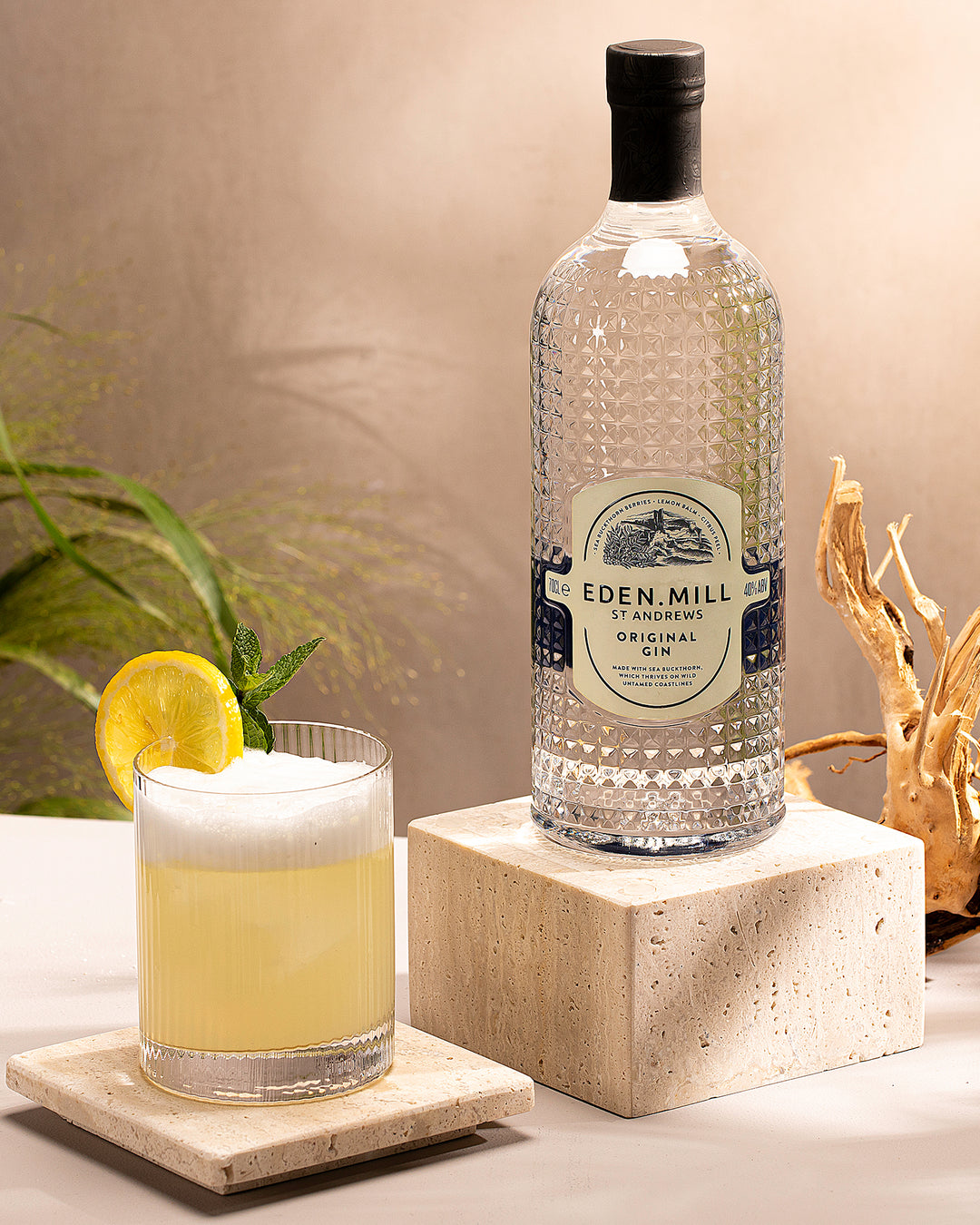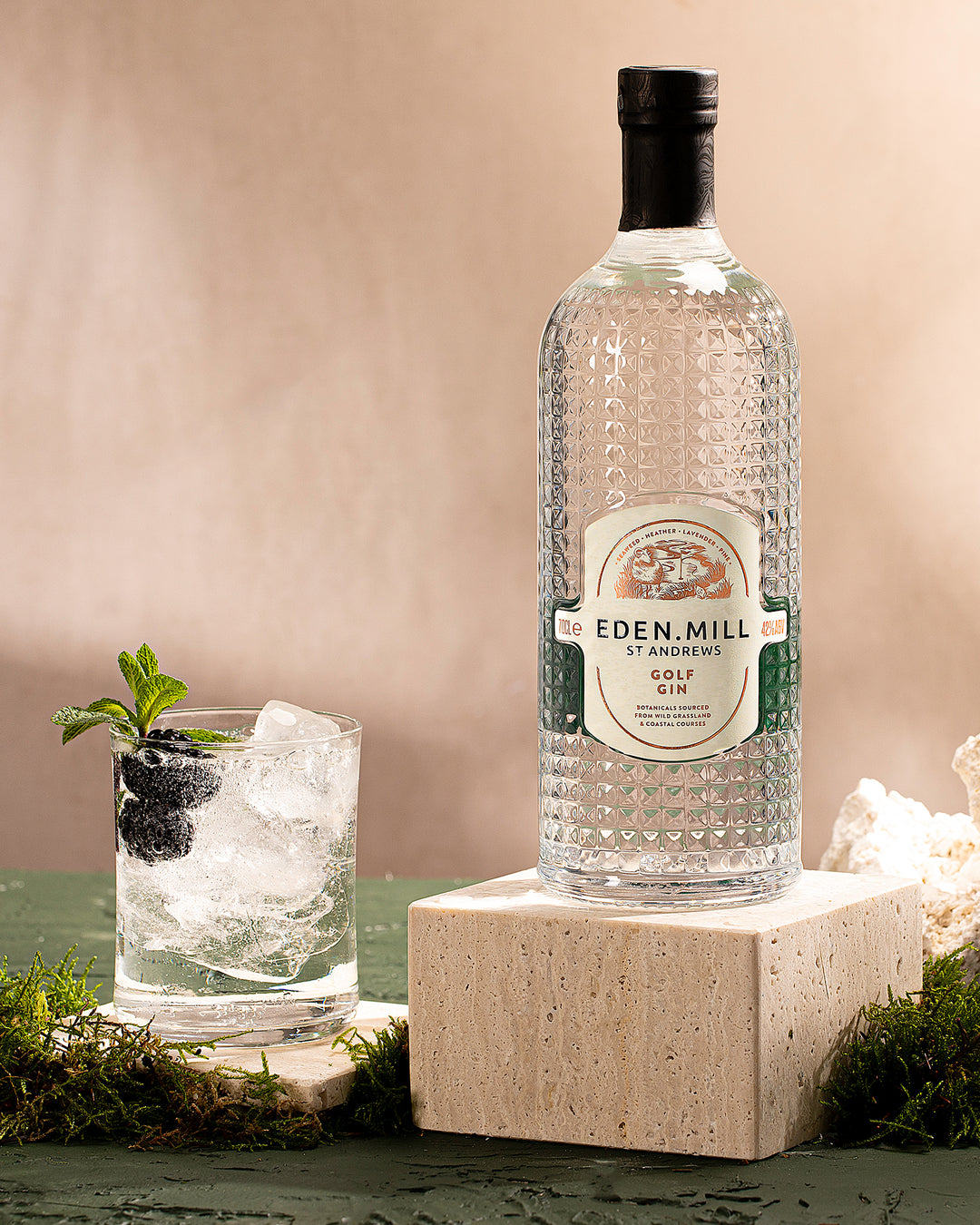The guide to gin botanicals and ingredients
THE GUIDE TO GIN BOTANICALS AND INGREDIENTS
The Eden Mill Guide To Gin Botanicals And Ingredients is a great resource for anyone interested in learning more about the botanicals and ingredients used to make gin. This gin botanicals guide covers all of the essential information you need to know, such as what types of botanicals are used, how they interact with each other, and which ones can be combined together to create unique flavours. It also provides an overview of different styles of gin and their respective flavour profiles. With this knowledge, you’ll have everything you need to start to find your favourite modern day gin!
WHAT ARE GIN BOTANICALS?
Since the beginning of the 18th century, gin has played an essential role in the world of cocktails. It’s one of the spirits that can be used in the widest variety of cocktails, from martinis to gimlets, and it’s one of the most adaptable spirits due to its unique and distinctive flavour profiles out there. The flavour of gin is dependent on a number of botanicals, each of which contributes to the spirit’s distinctive flavour and scent. Botanicals are essentially just fruit, herbs and spices that give your drink flavour or aroma (or both).
In order to impart distinctive flavours into their gin, the manufacturers of the most well-known brands of gin utilise a mixture of juniper berries, angelica seeds, coriander seeds, and other spices during the gin production process.
JUNIPER BERRIES
Juniper berries are the most important botanical in gin. They are what give your favourite spirit its piney, woody and slightly sweet flavour.
SWEET GALE
Sweet Gale, also known as bog myrtle or sweet shrub is the botanical name for a plant called Myrica gale. It’s native to the British Isles and has a strong, aromatic flavour that makes it ideal for adding to gin.
ORRIS ROOT
Orris root is an ingredient in gin that gives it a floral aroma. It comes from the iris plant, which has been used in perfume making for centuries.
ANGELICA SEEDS
Angelica seeds are a common botanical used in gin. They’re also known as angelica root, and they add a sweet flavour to gins. This flavour is often described as being similar to aniseed, but without its intensity.
LIQUORICE ROOT
Liquorice root is a sweet, earthy and slightly bitter flavour. It’s used in many foods to add sweetness, but it also has medicinal properties.
CORIANDER SEED
Coriander seeds are the seeds of the coriander plant and they can be used whole or ground. They add a floral, citrusy flavour to gin, as well as being used in many other dishes including Mexican and Indian cooking.
WHEN DID GIN BOTANICALS BECOME POPULAR?
Gin botanicals have been used for hundreds of years, but they didn’t become popular until the 18th century. Gin itself became popular in England after the introduction of Genever, a Dutch and Belgian liquor that was originally a medicine. It was reported that illnesses rose during this introduction period as the only way to get it was to be prescribed it by a Doctor. It was a welcomed change to rum and whisky as it had all kinds of flavours added to it due to these botanicals–and everyone loved it!
Back then the botanicals were invented to serve a purpose, which was to hide the flaws in the distillation process by adding flavourings. Nowadays gin botanicals are a choice, as people’s tastes have changed with flavoured gins growing in popularity.
HOW IS GIN INFUSED WITH BOTANICALS AND INGREDIENTS?
Gin is infused with plant-based ingredients that give it its distinct flavour. The most common gin botanicals are juniper berries, coriander seeds and angelica root. Gin is first fermented using the ingredients which form the base of the spirit. These are often grain, sugar, beets, grape, potatoes or other similar agricultural products. Botanicals can then be added to your gin in different ways depending on what kind of flavour you want your drink to have:
INFUSION –
This involves steeping the botanical in water for a set amount of time (usually around 48 hours). Once this process is complete you can add it directly into your glass if you want something strong or dilute it further with more water if you’d like a softer taste.
TINCTURE –
This method involves soaking chopped up pieces of the herb or fruit in alcohol until all their flavour has been extracted out into solution form so they won’t affect its colour too much when mixed with other liquids later on down line during cocktail preparation time frame period.
After the first fermentation is complete the gin is then redistilled with juniper berries and other botanicals in order to give it a unique flavour profile.
HOW CAN DIFFERENT GIN BOTANICALS AND INGREDIENTS AFFECT THE TASTE OF GIN?
The most popular of the gin botanicals includes flavours such as oranges, lemons or limes which provide a citrus fruit note to the gin. This is sometimes hard to identify when tasting the gin as other botanicals such as juniper or coriander can also provide citrus-like tones.
These types of flavourings make for a perfect summer cocktail as they give the drink a refreshing touch.
More suited for winter cocktails would be spices such as cinnamon or nutmeg. Nutmeg has a flavour that is both sweet and earthy, and when added to gin, it gives the drink a notable heat as well as a lingering, spicy flavour followed by sweetness at the finish. Another common counterpart to a good gin recipe is cassia which is a member of the cinnamon family. Even though cassia bark smells spicy, it is a bit sweeter than cinnamon. Gin makers use both of these spices quite often, but in moderation. As a plant, it gives the scent a complex base note with a sense of being familiar. It smells hot and spicy, which evokes thoughts of faraway market places whilst retaining an earthy flavour and a sweet finish that shares similar characteristics to liquorice.
We hope that the information provided in The Eden Mill Guide to Gin Botanicals and Ingredients has been insightful and informative for you. While there is certainly a lot of information to take in, we encourage you to explore these flavours and ingredients in your own time and at your own pace.
If you’re looking to deepen your understanding of the different botanicals and ingredients used in gin, why not experiment with them yourself? Trying out new combinations is a great way to learn about new gin flavour profiles and identify which ones work best for you. So raise a glass – here’s to exploring all the delicious possibilities that gin has to offer!
All of Eden Mill’s botanicals are inspired by the unique taste of Scotland. Try one of our Summer favourites, the fruity and floral inspired Love Gin that is infused with rose, raspberries and goji berries.
Or the more zesty notes of the Original Gin which blends sea buckthorn berries, lemon balm and citrus peel. This combination induces feelings of tranquillity and pairs perfectly with a premium tonic, garnished with a slice of lime or grapefruit.







